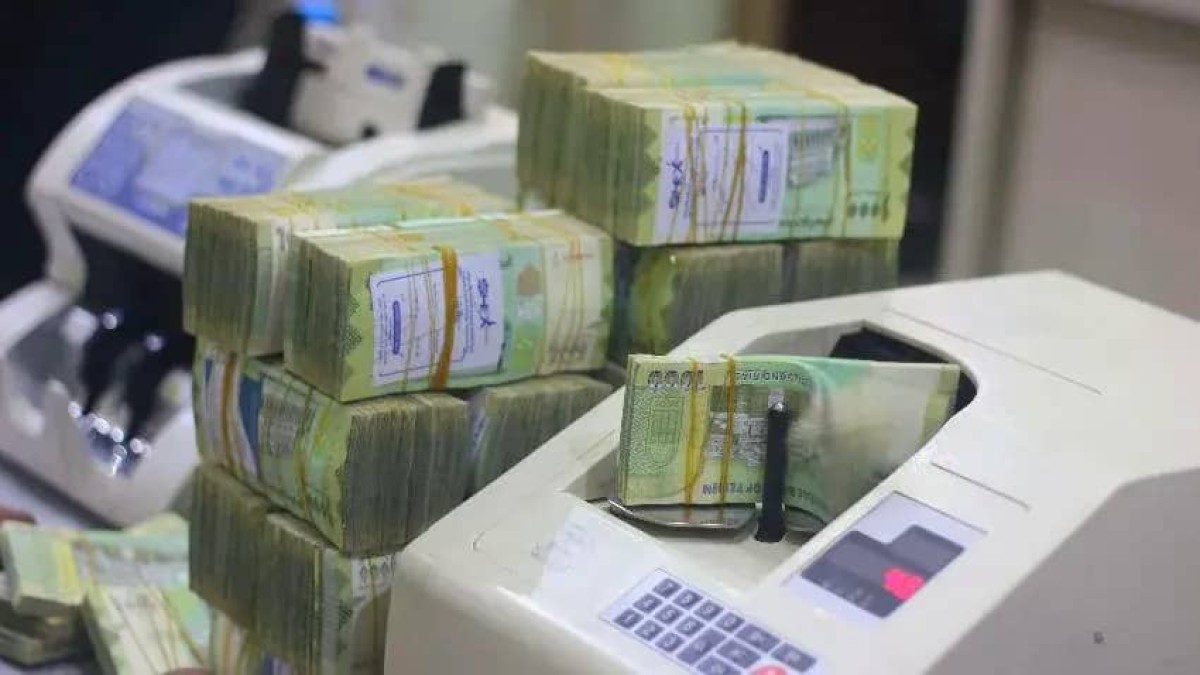UN report: The Yemeni currency has lost 25% of its value in recent months


The United Nations announced that the Yemeni currency in areas under the control of the recognized government has lost a quarter of its value over the past months, and more than a third of its value over the past three years, causing food prices to rise.
The United Nations Food and Agriculture Organization (FAO) said that the local currency (the Yemeni riyal) continued to decline against the US dollar in October 2024 in government-controlled areas, after temporary stability in September, while the riyal remained stable in Houthi-controlled areas.
The organization added in the recently issued “Yemen Market and Trade Bulletin”: “Since May 2023, the riyal in Yemeni government areas has lost a large percentage of its value, as it decreased by 25% on an annual basis and 36% compared to the average of the past three years.”< /p>
The organization attributed the decline in the value of the riyal in government-controlled areas to “the lack of foreign exchange reserves, which is exacerbated by the ongoing financial crisis,” noting that the relative stability of the exchange rate in Houthi areas is due to strict measures despite the shortage of the US dollar.
The report confirmed the rise in food and fuel prices in government-controlled areas, due “mainly to the ongoing depreciation of the currency.”
For weeks, the national currency has been witnessing an unprecedented decline in its value against foreign currencies, as the exchange rate of one dollar in transactions this evening, Wednesday, reached 2035 riyals for purchase and 2050 riyals for sale, according to a banking source who spoke to Al-Masdar Online.
The government accuses the Houthi militia of causing the current crisis, by attacking crude oil export ports, and exacerbating the economic crisis and the financial and banking division with its unilateral measures and ban on official banknotes, in addition to its direct and indirect interventions and exchange rate speculation on the black market.